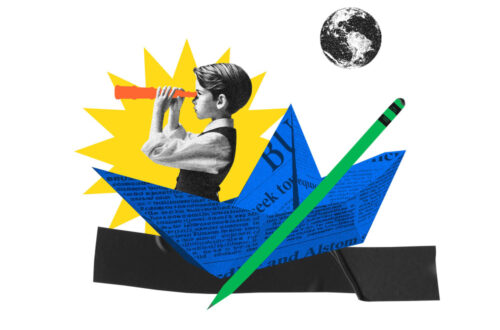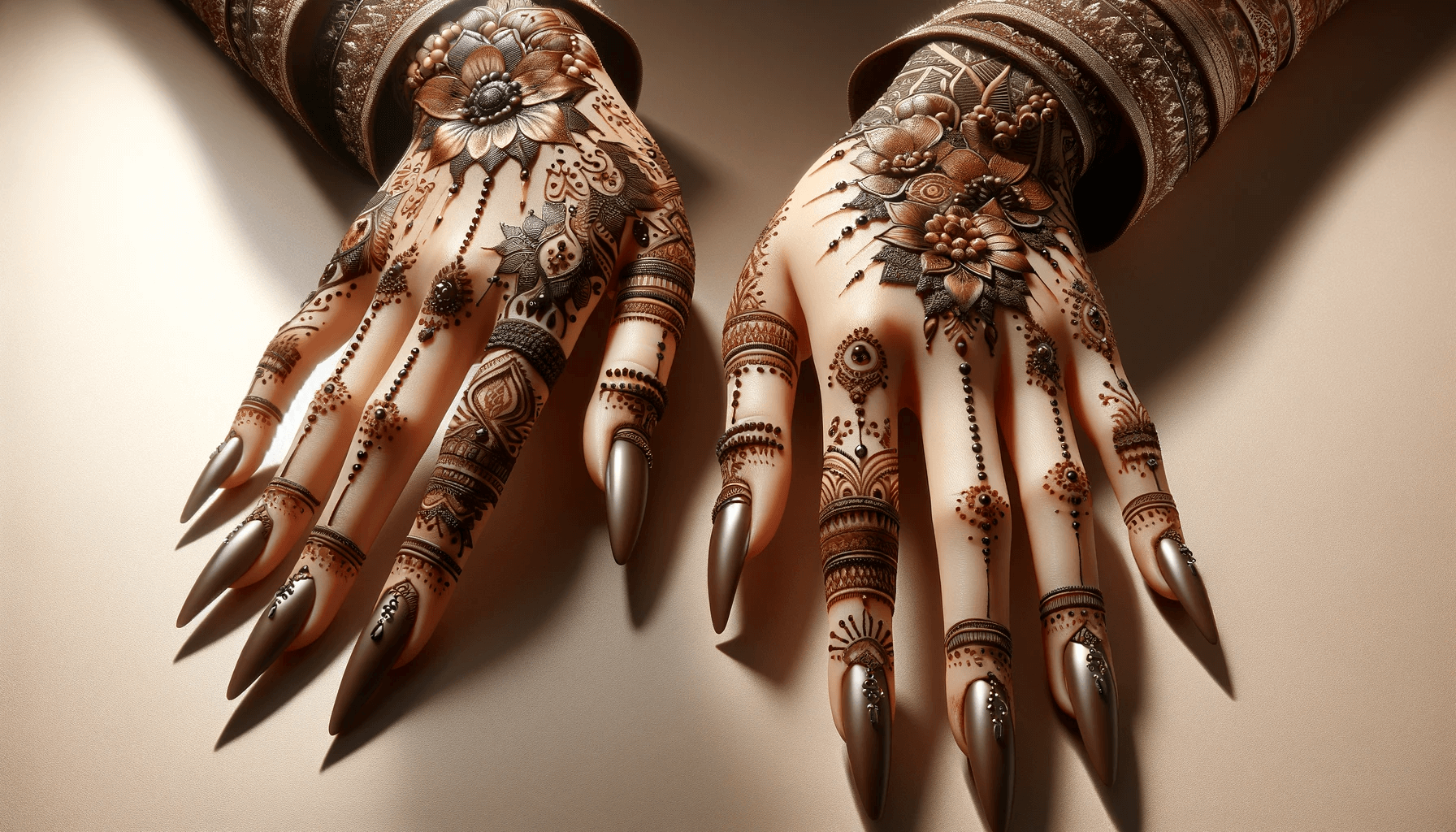Ready to dive into the world of graphic design? Whether you’re a seasoned pro or just starting out, there’s always something new to learn about the different types of graphic design. In this comprehensive guide, we’ll explore the fields, specializations, disciplines, and categories within the industry, as well as the various styles and popular types of graphic design services available.
From print design to digital design and beyond, you’ll discover how graphic design can be applied to a wide range of areas and contexts. So grab your favorite design software and let’s get started!
Key Takeaways
- Graphic design encompasses a wide range of fields, specializations, disciplines, and categories.
- Understanding the core principles and fundamentals of graphic design is key to excelling in any type of graphic design.
- Print design, digital design, and specialized areas of graphic design offer unique challenges and opportunities for creativity.
- Keep an open mind and embrace the constantly evolving landscape of graphic design.
Understanding the Core Principles of Graphic Design
So you want to be a graphic designer, huh? Well, before you start creating your masterpiece, you need to understand the core principles of graphic design. Think of it like learning the ABCs before writing your first sentence.
The principles of design are the basic building blocks of visual communication. They help you create designs that are not only pleasing to the eye, but effective in conveying a message. These principles include:
- Balance: Achieving visual equilibrium by distributing elements evenly throughout the design.
- Contrast: Using differences in color, size, or shape to create visual interest and hierarchy.
- Emphasis: Highlighting important elements to draw the viewer’s attention.
- Unity: Creating a cohesive design by ensuring all elements work together harmoniously.
- Proportion: Using size relationships between elements to create a sense of hierarchy and balance.
- Repetition: Repeating elements such as colors, shapes, or patterns to create consistency and cohesiveness.
These principles can be applied to any type of graphic design, from print to digital. But to create effective designs, you also need to master the elements of graphic design.
The elements of graphic design are the basic visual components of any design. They include:
- Color: Choosing the right color palette to evoke a certain mood or emotion.
- Typography: Selecting fonts that are legible and appropriate for the message and design.
- Layout: Arranging elements in a way that is visually appealing and easy to navigate.
- Composition: Creating a balanced and aesthetically pleasing arrangement of all design elements.
By understanding and mastering the principles and elements of graphic design, you’ll be well on your way to creating stunning designs that communicate your message effectively.
Exploring Print Design and its Various Specializations
Print design may seem old-fashioned, but it’s still as relevant as ever. From magazines to packaging, print design is all around us. Let’s explore the different types of print design and what makes each one unique.
Editorial Design: More Than Just Words on a Page
Editorial design is all about creating visually stunning layouts for magazines, newspapers, and books. It’s not just about the words on the page, it’s about how those words are presented. With editorial design, you have to consider the overall look and feel of the publication, from the typography to the choice of images.
“Editorial design is like a puzzle. You have to fit all the pieces together just right to create a cohesive and visually appealing layout.”
With editorial design, you have to strike the right balance between form and function. You want the layout to be visually interesting, but you also want it to be easy to read and navigate. It’s a delicate balance, but when done right, editorial design can make a publication truly stand out.
Packaging Design: Making Products Pop
Have you ever bought a product just because it looked cool? That’s the power of packaging design. Packaging design is all about making a product stand out on the shelf. With so many products competing for our attention, it’s important to have packaging that catches the eye.
When designing packaging, you have to consider factors such as size, shape, and materials. You also have to think about how the product will be displayed in stores and how it will look on the customer’s shelf at home. It’s a lot to think about, but when done right, packaging design can be hugely impactful.
Branding Design: Creating a Cohesive Identity
Branding design is all about creating a cohesive identity for a company or product. It’s not just about designing a logo, it’s about creating a look and feel that encapsulates the essence of the brand. With branding design, you have to consider every touchpoint, from business cards to websites.
“Branding design is like telling a story. You want to create a narrative that resonates with customers and makes them feel connected to the brand.”
Branding design requires a deep understanding of the brand’s values and target audience. It’s about creating a visual language that speaks to those values and connects with that audience. When done right, branding design can create a lasting impression and turn customers into loyal fans.
As you can see, print design encompasses a wide range of specializations. Whether you’re creating layouts for a magazine, designing packaging for a product, or creating a cohesive identity for a brand, print design is all about making an impact.
Digital Design: Navigating the Evolving Landscape
Welcome to the world of digital design! This is where you’ll unleash your creativity and bring your ideas to life on the digital canvas. As you embark on your digital design journey, you’ll encounter a range of specializations and disciplines.
Web Design
If you’re looking to create beautiful and functional websites, web design is the way to go. With web design, you’ll get to flex your design muscles and explore different layouts, typography, and color schemes that best suit your website’s subject matter and target audience.
User Interface (UI) Design
When it comes to digital design, UI design is a vital element of creating a positive user experience. Your design decisions can make or break a user’s interaction with your digital product or service, so it’s essential to get it right. UI design entails designing the interface that users interact with, such as buttons, navigation menus, and forms.
User Experience (UX) Design
UX design is all about creating digital experiences that are intuitive, seamless, and user-friendly. UX designers conduct user research and testing to understand what users want and need, and then use that information to design digital products that meet those requirements.
Motion Graphics
Motion graphics are digital animations that bring static images to life. They are used in a wide range of digital media, from social media posts to website banners and even television advertisements. Motion graphics can be simple or complex, depending on the project requirements.
Interactive Design
Interactive design involves designing digital products that encourage user engagement. From gamification to interactive infographics, interactive design allows users to interact with digital products in unique and exciting ways.
As you can see, digital design is a vast and exciting field with endless possibilities. Experiment, play, and have fun exploring the different disciplines and specializations within digital design. Who knows, you may even discover a new passion along the way!
Specialized Areas of Graphic Design: Beyond the Basics
So, you’ve mastered the core principles and traditional fields of graphic design. But did you know that there are specialized areas that require unique expertise? Don’t worry – we’ve got you covered with this guide to some of the most exciting and challenging specialized areas of graphic design.
Environmental Design
If you enjoy designing immersive physical spaces, then environmental design may be your calling. From designing exhibition spaces and museum installations to creating stunning retail displays, environmental design involves combining elements of architecture, interior design, and graphic design to create unforgettable experiences for visitors.
Exhibition Design
Similar to environmental design, exhibition design involves creating engaging and memorable experiences for visitors. However, exhibition design is typically focused on temporary exhibits, such as trade shows, conventions, and art galleries. With exhibition design, you’ll need to consider factors such as space planning, lighting, and traffic flow, as well as creating visually stunning graphics and displays.
Wayfinding Design
Have you ever been lost in a big building or complex, searching for the way out? That’s where wayfinding design comes into play. Wayfinding designers create visual systems that guide people through complex environments, such as airports, hospitals, and university campuses. This includes designing signage, maps, and other visual cues that help people navigate their surroundings with ease.
Infographics
Infographics are a powerful way to convey complex information in an easy-to-understand format. As an infographic designer, you’ll need to be skilled in data visualization, typography, and layout design. Your goal will be to create visually appealing graphics that communicate important information in a clear and concise way.
Social Media Design
In today’s digital age, social media is a crucial element of any marketing strategy. As a social media designer, you’ll need to be well-versed in creating visuals that are optimized for various social media platforms, such as Instagram, Facebook, and Twitter. This includes everything from designing eye-catching graphics to creating engaging video content.
As you can see, the world of graphic design is vast and varied. Whether you choose to specialize in one of these areas or explore a combination of fields, the possibilities are endless. So, embrace your creativity and let your graphic design skills soar!




